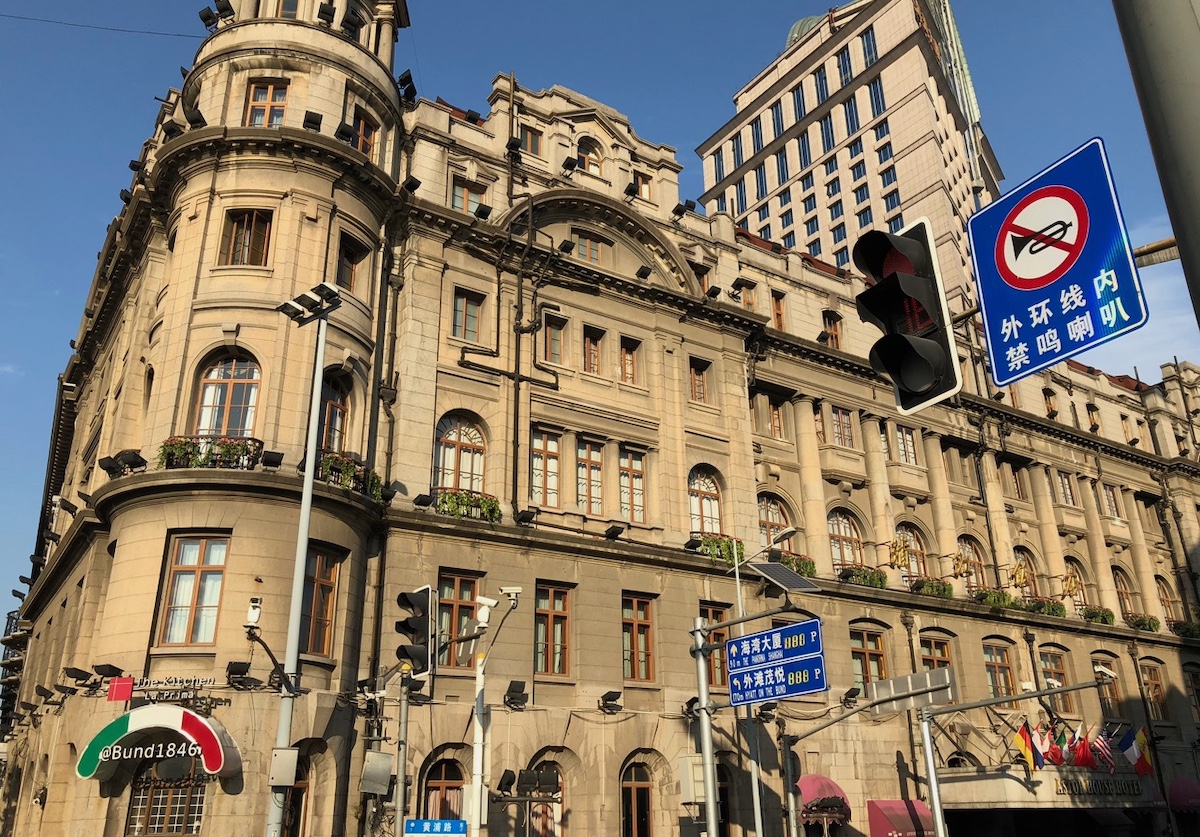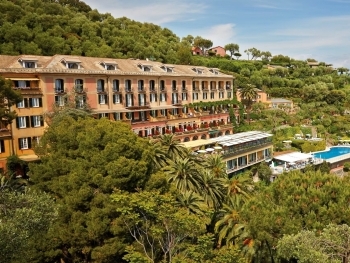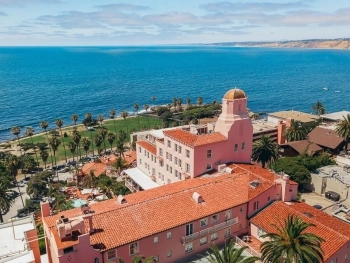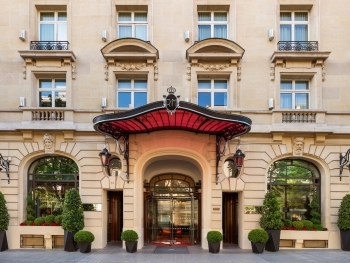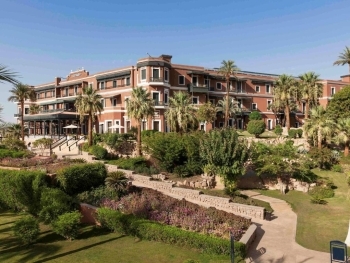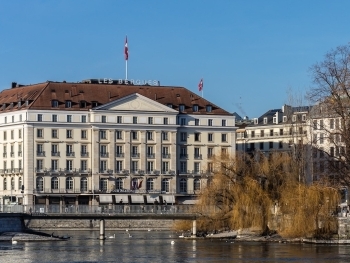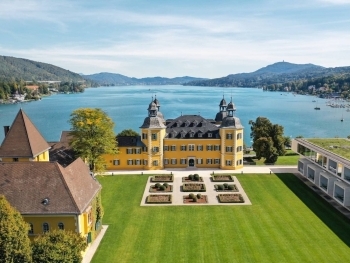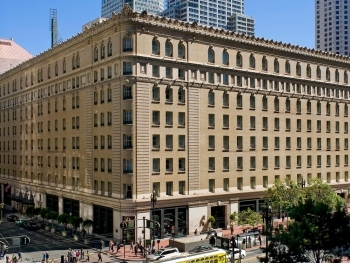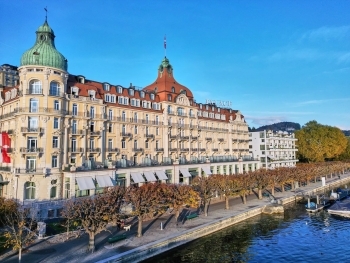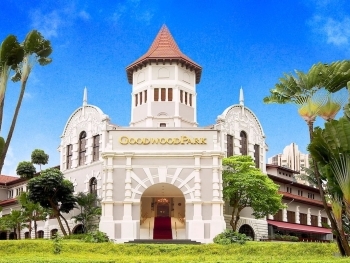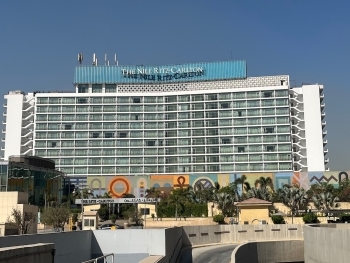The Astor House, also known as the Pujiang Hotel, stands as a testament to Shanghai's rich historical tapestry. This iconic hotel, located near the Bund, has witnessed the city’s transformation from a small port town into a global financial hub. Over its more than 150 years of history, the Astor House has hosted numerous significant events and illustrious guests, becoming an integral part of Shanghai's cultural and historical heritage.
Early History and Establishment
The origins of the Astor House trace back to 1846, a period when Shanghai was beginning to open up to international trade following the First Opium War. Founded by the Richard family, the hotel initially started as a small establishment known as Richards' Hotel and Restaurant. It was strategically located near the Bund, catering to the needs of foreign merchants and travelers arriving in Shanghai.
In 1858, the hotel was sold to an American named Peter Felix Richards, who renamed it the Astor House Hotel after the famous Astor House in New York. This rebranding marked the beginning of its rise to prominence. The Astor House was among the first Western-style hotels in China, offering amenities and services that were considered luxurious at the time, including gas lighting, running water, and a horse-drawn carriage service.
Architectural Evolution
The Astor House Hotel has undergone several renovations and expansions throughout its history, each contributing to its architectural grandeur. The original structure was a modest two-story building, but as Shanghai grew, so did the hotel. By the late 19th century, the Astor House had expanded into a four-story building with a striking Victorian-style facade, complete with ornate balconies and intricate detailing.
One of the most significant renovations took place in 1907, when the hotel was completely rebuilt in a neoclassical style. This new design featured grand columns, a majestic lobby, and spacious rooms equipped with the latest amenities. The 1907 renovation not only enhanced the hotel's aesthetic appeal but also solidified its status as a premier luxury hotel in Shanghai.
A Hub of Historical Events
Throughout its history, the Astor House has been more than just a hotel; it has been a witness to many pivotal moments in Shanghai’s history. During the late 19th and early 20th centuries, the hotel was a central hub for social, political, and cultural activities.
In 1876, the first telegraph line connecting Shanghai with the outside world was installed at the Astor House, marking a significant advancement in communication technology. The hotel also played a role in the early development of the Chinese press; in 1907, the first English-language newspaper in Shanghai, the "North-China Daily News," was edited and printed within its walls.
The Astor House was a favored venue for international conferences and social gatherings. In 1922, it hosted the Conference of the International Opium Commission, an event that aimed to address the rampant opium trade in China. Additionally, the hotel’s grand ballroom was a popular location for high-society balls and banquets, attracting diplomats, businessmen, and socialites from around the world.
Illustrious Guests
The Astor House Hotel has welcomed a plethora of distinguished guests over the years. Its guest list reads like a who’s who of historical figures, including politicians, writers, and celebrities.
One of the most notable guests was Albert Einstein, who stayed at the hotel during his visit to Shanghai in 1922. The suite he occupied has since become a point of interest for history enthusiasts and tourists. Another eminent visitor was Charlie Chaplin, the legendary actor and filmmaker, who stayed at the Astor House in 1931 while on a world tour.
The hotel also hosted numerous Chinese dignitaries and revolutionaries. Sun Yat-sen, the founding father of the Republic of China, is known to have stayed at the Astor House, using it as a base for his revolutionary activities. Additionally, renowned Chinese writer Lu Xun frequented the hotel, and it served as a meeting place for intellectuals and artists during the early 20th century.
World War II and the Communist Era
The outbreak of World War II and the subsequent Japanese occupation of Shanghai had a profound impact on the Astor House Hotel. During the occupation, the hotel was seized by the Japanese military and used as their headquarters. Despite these challenging times, the hotel managed to retain its operational status, although its grandeur was significantly diminished.
Following the war, Shanghai underwent dramatic political changes with the rise of the Communist Party in 1949. The Astor House, like many other foreign-owned properties, was nationalized. The hotel continued to operate under state control but struggled to maintain its former glory.
Modern Revival
The economic reforms of the late 20th century brought new opportunities for the Astor House Hotel. In the 1980s, the hotel underwent extensive renovations aimed at restoring its historical charm while incorporating modern amenities. The renovations were meticulously planned to preserve the architectural integrity and historical significance of the building.
In 1997, the hotel was rebranded as the Pujiang Hotel, although the name Astor House continued to be used interchangeably. Today, the hotel stands as a blend of old-world charm and contemporary comfort. Its rooms and suites are adorned with period furnishings, and the public areas are decorated with historical photographs and artifacts, offering guests a glimpse into its illustrious past.
Cultural Significance and Legacy
The Astor House Hotel holds a special place in Shanghai’s cultural and historical landscape. It is not just a hotel but a living museum that tells the story of Shanghai’s evolution over the past century and a half. The hotel's preservation and continued operation are a testament to the city's commitment to honoring its heritage while embracing modernization.
For historians and architecture enthusiasts, the Astor House offers invaluable insights into the architectural trends and urban development of old Shanghai. For travelers and guests, it provides a unique experience of staying in a place where history was made.
In recognition of its historical and cultural significance, the Astor House Hotel has been designated as a protected heritage building by the Shanghai municipal government. This designation ensures that future generations will continue to appreciate and learn from this iconic establishment.
The Astor House (Pujiang Hotel) is more than just a luxury hotel; it is a symbol of Shanghai’s dynamic history and cultural richness. From its early days catering to foreign merchants to its role in significant historical events and its continued relevance in modern times, the Astor House has remained a constant in a rapidly changing city. Its enduring legacy serves as a reminder of Shanghai’s cosmopolitan spirit and its place on the world stage.
